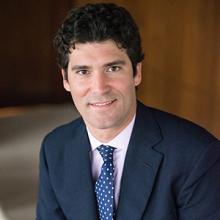Brand camp: how to market a family business
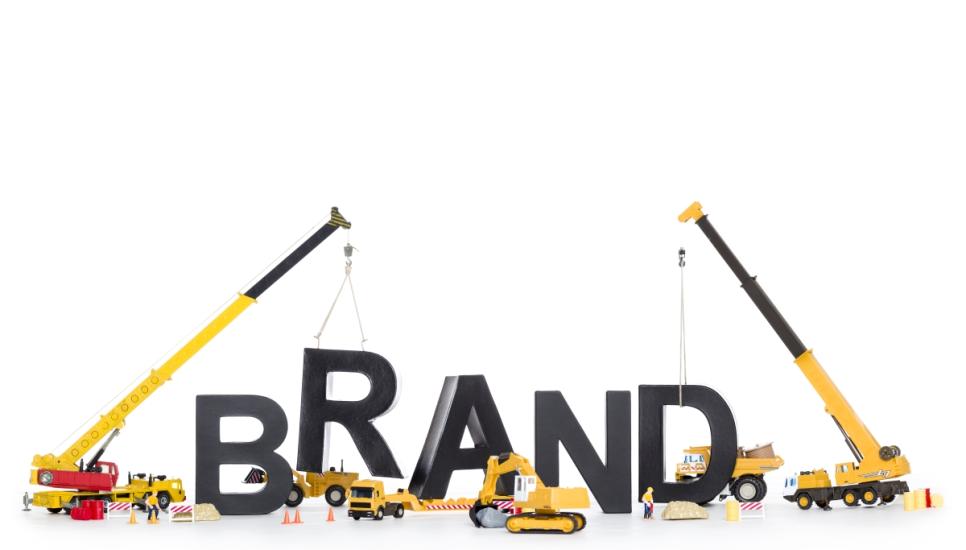
Visit Shibuya Crossing in Japan, or Times Square in New York and it's overbearing: bright billboards fighting for attention. But for all the ubiquity of brands, many people would be hard pressed to give a concise definition of what exactly branding is. The subject is confusing and confused, argued the late branding and identity guru Wally Olins, because branding can encapsulate big and important issues, and superficial and trivial issues simultaneously. For many, it could mean a logo slapped on a product – the Nike tick or the distinctive yellow of JCB's tractors and diggers.
But family businesses that believe branding is only about the packaging on the outside are behind the curve. Branding represents your organisation as a whole, and how the world perceives it, says advertising professional Rita Clifton, chair of BrandCap. “It's about everything you do to stick to your competitive advantage, across the way you answer your phone, the way you recruit, train and develop your people, the way you incentivise your people, the way you innovate in a distinctive way.”
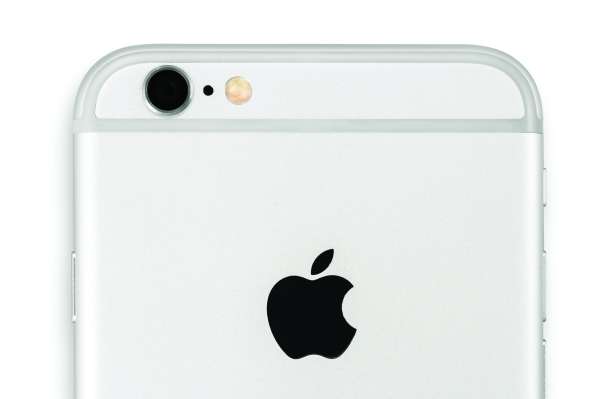 Consider Apple, which last year had brand value of $118.9 billion, according to branding consultancy Interbrand. Its stylised logo is the brand, but so too is everything it represents – from its products, to the way shoppers experience its retail stores, to its founder - the late Steve Jobs. Each year, Interbrand's Best Global Brands list looks at financial performance, how the brand influences customer choice, and its ability to command a premium price.
Consider Apple, which last year had brand value of $118.9 billion, according to branding consultancy Interbrand. Its stylised logo is the brand, but so too is everything it represents – from its products, to the way shoppers experience its retail stores, to its founder - the late Steve Jobs. Each year, Interbrand's Best Global Brands list looks at financial performance, how the brand influences customer choice, and its ability to command a premium price.
With the likes of social media, as well as customer review websites, such as TripAdvisor, or employee review websites like Glassdoor, a business's reputation is increasingly in the hands of its stakeholders. Consider the experience of Guido Barilla, fourth-generation chairman of the eponymous Italian pasta brand. In a radio interview in 2013, Barilla said the company would never use gay couples in its advertising. His position was short-lived when a Twitter storm erupted, and the brand was boycotted – not just by the so-called “pink dollar”, but also by marriage equality supporters. A series of apologies via the company website followed.
Slip ups by individual family members aside, family business is viewed positively in most markets. The Mittelstand in Germany, for example, is widely championed as a driver behind the country's economic success, and is envied abroad. Down under, Family Business Australia (FBA) launched an emblem for members to display on their products and marketing to let customers know they are family owned. Research shows consumers believe family companies make products they can trust and are more committed to their communities, the FBA said in a statement at the emblem's 2012 launch.
 It is a special spirit that sets family companies apart, says Vitalie Taittinger, a fourth-generation member of the eponymous champagne house. “What I like is that you are a soul behind the brand. I think it is something that is common to the family brand: the passion and the special investment of the people of the family.” Taittinger is the artistic director of the family business, spearheading the marketing and communications department. One of her first projects was designing labeling and packaging for the champagne, but she is also a brand ambassador. This involves attending events, meeting stakeholders directly, and even appearing in print advertising for the company's Brut Réserve. Her father, company chief executive and chairman Pierre-Emmanuel, and brother Clovis, are also the faces of Taittinger.
It is a special spirit that sets family companies apart, says Vitalie Taittinger, a fourth-generation member of the eponymous champagne house. “What I like is that you are a soul behind the brand. I think it is something that is common to the family brand: the passion and the special investment of the people of the family.” Taittinger is the artistic director of the family business, spearheading the marketing and communications department. One of her first projects was designing labeling and packaging for the champagne, but she is also a brand ambassador. This involves attending events, meeting stakeholders directly, and even appearing in print advertising for the company's Brut Réserve. Her father, company chief executive and chairman Pierre-Emmanuel, and brother Clovis, are also the faces of Taittinger.
This personal touch is a very effective way to garner support, says Claudia Binz Astrachan, of the Lucerne University of Applied Sciences and Arts. It has become even more appealing since the global financial crisis hit in 2008. “Big companies went down and they couldn't be trusted anymore, and so people felt a sense of comfort in these family-owned companies that have been around for centuries or decades.” According to research by public relations company Edelman, 72% of consumers in developed market economies say they trust family-owned businesses. By comparison, 45% trust public companies.
Through research covering UK family businesses' approach to branding, Binz, along with her husband Joseph Astrachan, Wells Fargo eminent scholar chair of family business at Kennesaw State University, found 64% of respondents considered family business branding a beneficial marketing strategy. But Binz says most family businesses were missing the connection between what family ownership or management meant for their customers and stakeholders. Only 6% of the 125 companies surveyed in the research, conducted for the Institute for Family Business, systematically investigate the effect family business branding has on stakeholders' perceptions, intention to do business, and the company's financial performance.
“So what?” is the question Binz says family businesses need to ask themselves when it comes to branding themselves as such. She says family is often mentioned in a tagline or on the history section of a company website, but the message could be made a lot more emphatically. “Why would you even mention that you're family owned if you wouldn't take it one step further and really make it obvious to the customer, and say something like because we're family owned you get this from us.”
The world of branding is changing and it seems family businesses are among those not keeping up. Paul Bailey, founding partner and creative director of branding and design agency 1977 Design, explains consumers didn't used to have a voice. “If someone had a bad experience of a brand previously, they might have moaned to their friends next door. Nowadays, they can tell the world about it.” Companies need to treat branding like a window into how they do business, says Bailey, not, as it is sometimes wrongly perceived, as a veneer to hide behind. “A brand people trust is so much more powerful in the longer term.”
Marketing is often done by someone in top management “who just has a gut feeling” about it, believes Binz. “They know intuitively that the notion of family is good, and they think it's enough, but they're not aware that not all people are going to appreciate it.” Binz says companies need to understand what the concept of family business means in their industry and their market. Consider that consumers in developing markets trust listed companies slightly more than family businesses (75% compared to 69%), according to Edelman research. While a number of positive attributes are associated with family businesses, there can be some negative perceptions too, such as nepotism and a lack of professionalism.
Some industries might also be better suited to family business branding. Luxury, where craftsmanship and heritage are valued, is one such example. For champagne, a drink that requires time and precision, the family association makes sense. Vitalie Taittinger says quality comes before all else, but family is also a defining feature of their brand. “We can choose to put our name behind the quality of our champagne,” she says. “For us family means everything. Also, in terms of how we are managing people in the company, for us, it's really important to keep a human spirit and work very well together.” Taittinger's father appears in advertising for the Comtes de Champagne, and she jokes that hopefully next time her brother will front a campaign. “In all we are doing, the voice of Taittinger is the voice of the family. The work we are doing is told by the family.”
The family behind UK private bank C Hoare & Co is able to tout a very meaningful role through its unlimited liability structure. Already one of the world's oldest banks, the family business's corporate structure means family members are personally liable for the bank's activities. “Those that understand certain family members have taken unlimited liability understand that the family is really going to be scrutinising what the hell is going on, because otherwise they're going to be completely exposed,” says Astrachan.
Family businesses have an authenticity advantage, argues Bailey. “Authenticity means there is essentially a purpose to the business rather than just making a profit. The idea that a family has been involved with a business for years and years and years gives people a sense of honesty.” In the new age of branding, Bailey explains, people want a long-term relationship with brands. Take for instance, the rising popularity of farmers' markets, where people can feel connected to where their food comes from.
Consider how family businesses can take an authentic stance on corporate social responsibility (CSR). Cemex chief executive Lorenzo Zambrano remained admirably committed to Monterrey, Mexico, even as the city became subject to drug cartel violence over the last decade. His family had built the cement business there over four generations, and Zambrano was not about to walk away from that history. And when it comes to sustainability, no one can accuse German family business Hipp of jumping on the bandwagon – it went fully organic in 1967, long before environmental sustainability was a top global issue.
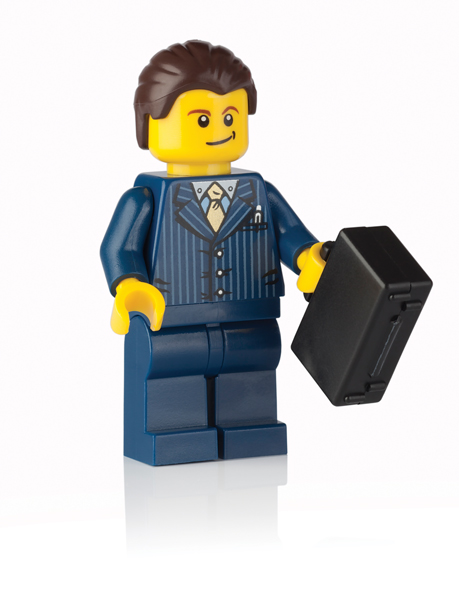 In the digital age, inconsistency of message is easily detected. As BrandCap's Clifton points out, “There is no need to pretend you are a smiley customer service organisation on the outside if you're an axe-murdering culture on the inside. Because it will show up on Glassdoor, it will show up on any social media site, and then of course it will show up in your reputation.” The raison d'être of petition websites like Change and Sum of Us is to propagate information about poor corporate behaviour and hold big business to account. Danish family business Lego certainly felt the brunt of angry public sentiment last year when its partnership with oil giant Shell went viral via a Greenpeace campaign. More than a million signatures later it announced it would not be renewing its partnership with the oil company.
In the digital age, inconsistency of message is easily detected. As BrandCap's Clifton points out, “There is no need to pretend you are a smiley customer service organisation on the outside if you're an axe-murdering culture on the inside. Because it will show up on Glassdoor, it will show up on any social media site, and then of course it will show up in your reputation.” The raison d'être of petition websites like Change and Sum of Us is to propagate information about poor corporate behaviour and hold big business to account. Danish family business Lego certainly felt the brunt of angry public sentiment last year when its partnership with oil giant Shell went viral via a Greenpeace campaign. More than a million signatures later it announced it would not be renewing its partnership with the oil company.
British baker Warburton's – with the tagline 'We care because our name's on it' – is one of the best examples of a well-branded family business, according to Astrachan. “They're really integrating it into all areas of the company, not just the product on the shelf,” he says. Fourth-generation family members travel to factories nationwide checking on quality. “Whenever they're making a decision they say to themselves 'does this show we care more? Does this show we're a family company?'”
Thorough research underpins the rebranding process, which can be driven by a once relevant brand that now feels outdated, but also mergers and acquisitions. At 1977 Design, Bailey explains, the agency sits down with staff from all levels of the business, as well as external stakeholders and customers. “Basically you find out what is this brand, what is it all about, what is your product offering, what is your brand offering, what are the benefits to people of using you and the business. And we then talk to people about what their market is, who's their audience, what's the competition at the moment.”
Italian fashion company Missoni, famous for its zigzag patterned textiles, discovered being a family business was appealing to its audience. “When we did market research it turned out people want to have lunch with us, so the spontaneous approach works for us,” third-generation Margherita Missoni told a conference in Munich last July. The brand drew on this in an advertising campaign shot by German fashion photographer Juergen Teller, which used family members instead of models and was shot in the family home. “He spent the whole day at my grandparents' house, we ended at 10pm, we consumed 20 bottles of red wine, and I must say, when I look at those pictures they are much more private to me than my own Instagram pictures,” Missoni says.
Before any campaign though, all family members must be on board. “You have to be sensitive to it, because if you raise the family's profile above the parapet then they're vulnerable to potentially negative stories,” says Kitty Parry, chief executive of UK public relations agency Templars Communication. Consider the media interest in L'Oréal second-gen Liliane Bettecourt's financial affairs, currently before the French courts. Numerous other family feuds have also made headlines.
Some people will make natural brand ambassadors, Parry says, while others prefer to be behind the scenes. Depending on the concerns of publicity-shy family members, Parry insists many can be coached to become very good ambassadors.
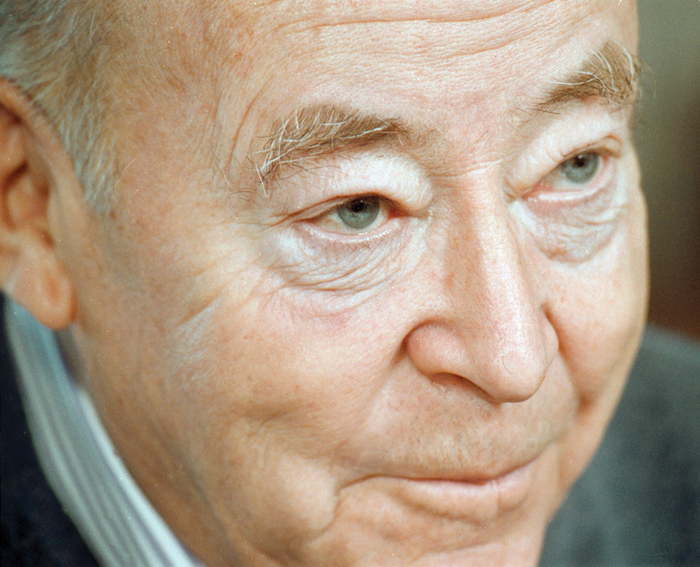 It was the fourth generation of SC Johnson that opted to step into the media spotlight as part of a rebrand in 2001. The company's 73-year-old patriarch Samuel C Johnson had released a memoir earlier that year that touched on alcohol abuse and his difficult relationship with his father. Instead of courting controversy, the admissions attracted an outpouring of support from friends and employees. “If you do admit to having weaknesses as a family, everyone can relate to that, and that makes you tangible, that makes you human,” Binz says. Johnson fronted a series of television ads that screened across the US, and the company became SC Johnson: A Family Company.
It was the fourth generation of SC Johnson that opted to step into the media spotlight as part of a rebrand in 2001. The company's 73-year-old patriarch Samuel C Johnson had released a memoir earlier that year that touched on alcohol abuse and his difficult relationship with his father. Instead of courting controversy, the admissions attracted an outpouring of support from friends and employees. “If you do admit to having weaknesses as a family, everyone can relate to that, and that makes you tangible, that makes you human,” Binz says. Johnson fronted a series of television ads that screened across the US, and the company became SC Johnson: A Family Company.
At Champagne Taittinger the business is a source of pride among the fourth generation, explains Vitalie Taittinger, especially as the brand was briefly in the hands of private equity. “It was really hard for my father to re-buy the company for what it was. It was a big lesson of life and today we always feel very lucky to be able to continue this journey.” Taittinger says her father approached her to be in the print advertising for Brut Réserve, asking her “who better can express the family part of Taittinger?”
With social media, many family members have a new way to connect with their audience. Missoni, for example, has more than 75,000 followers on Instagram, where she regularly posts images of home life and family. On Twitter, Norway's Johan Andresen, chairman of Ferd, has close to 50,000 followers. Like farmers' markets, consumers can now connect with the people behind the products they use and consume.
When your family lives and breathes the brand, it makes the consistency that is required in good branding that much easier. Vitalie Taittinger says she could not work at another company and give the same heart and generosity to the business. “What is wonderful when you are working in your company, in the family business, is that you are 100% involved, because you feel everything.” That type of commitment is reassuring. When the increasingly transparent and connected world is shedding light on your organisation, it's not a bad mantra to have.


